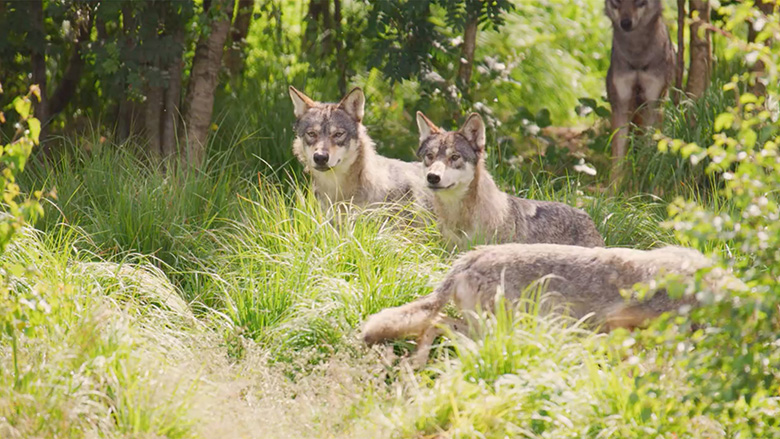Watching a movie that was set in the wilds of the Rocky Mountains happened to remind me of a line from Rudyard Kipling’s The Jungle Book: “For the strength of the pack is the wolf, and the strength of the wolf is the pack.” I believe this sentiment to be true in business as well as in nature.
The Strength of the Pack is the Wolf
A pack is only as good as the wolves that are in it, and an organization is only as good as its people. The collective experiences, abilities, skills and motivations of the people is what makes a business successful — or not. In both packs and human organizations, each individual has a defined role and for things to run smoothly, each role must be filled and executed appropriately. These defined roles — explained in written job descriptions in human organizations — allow each member to work independently, but they must also respect and follow the group rules, which are the hierarchy and culture.
When an individual doesn’t fit, doesn’t have the drive or willingness to go the extra mile or stay focused on the collective goals, it weakens the entire organization. Employees know when they can and cannot count on their peers. It is highly disruptive when one or a few disturb the cohesiveness of the group. As leaders, it’s our responsibility to know our people, understand how and where they fit and take action when they don’t.
The past couple years have forced the need for many businesses to change and adapt in countless ways: how we work; the way we interact with customers; and how we assess and deal with risks, fears and mandates from governments at many levels. In some cases, you may have changed the products and services you offer or the customer segments you serve. As we anticipate a time in the near future when things return to what will be a “new normal” state, I encourage everyone to look back on what you’ve learned about yourselves, your people, your customers and your business.
Employees who can adapt to changes in the environment, the industry, technology and business strategy are clearly most valuable. Those who continue to support the pack in the face of changing goals or a more competitive landscape are the ones who are most committed to the leaders, are onboard with the culture and will do their part to ensure success is achieved. Those who cannot (or will not) adapt or who aren’t bought into the collective culture and core values are better off elsewhere.
We cannot afford to have marginal performers or disruptive personalities on our team. The rest of the pack won’t tolerate it.
The Strength of the Wolf is the Pack
An owner’s vision for where their business is going, along with a collective mission that describes the “Why?” —one that all members have bought into — provides clear direction for everyone. While the vision may change over time as the business adjusts to circumstances and the environment, the entire team understands and embraces it. It’s the owner’s responsibility to continually monitor the external environment, including the competition, and steer the organization in a new direction when previous goals have been attained or circumstances dictate. Team members rely on their leaders, just as the wolf relies on the pack, to keep them free from impending danger. Clear communication to the team helps everyone understand when targets have changed and why, the direction in which the business is headed and how their role will contribute to success.
Adapting to new technologies and capabilities like 3D imaging and the growth of viable options for outsourcing job estimating are examples of external changes that organizations should embrace. Understanding how these tools can help improve business efficiency should be balanced with the evolution of the structure and roles within the organization. Changes like these mean that leadership must be willing to continually invest in its people, giving employees opportunities to learn, grow and contribute. Helping individuals find their best fit in an organization is not a one-and-done exercise. It is a continuous process of matching each person’s skills, disposition, and potential with the needs of the pack.
With a tight labor market, some being hesitant to return to the labor force and wages rising across the country, it is now more important than ever to stay tuned in to your local employment environment. This includes compensation levels, benefits, work schedule flexibility and telecommuting offerings. Retaining high performers means we must keep up with or stay ahead of what other employers are offering.
Remote work for any number of positions is becoming not just possible but advisable. Telecommuting and flexible work schedules are options that will help employers reach a segment of the workforce that has become put off by traditional work hours and office-only workspaces.
Attracting and retaining the best people is also heavily dependent on providing employees with opportunities to learn and grow outside their comfort zone. Helping them find their best fit in the business and reach their full potential is the responsibility of the organization’s leaders and is vital to sustained success.
Our pack, the business and the organization that makes it run, will be as good as the people in it. Our wolves, the people, will only be as productive and effective as our leadership, culture and commitment to their continued development allow.
